The split one is an external power supply, and the integrated one is a built-in power supply.
Downlight with built-in driving power supply
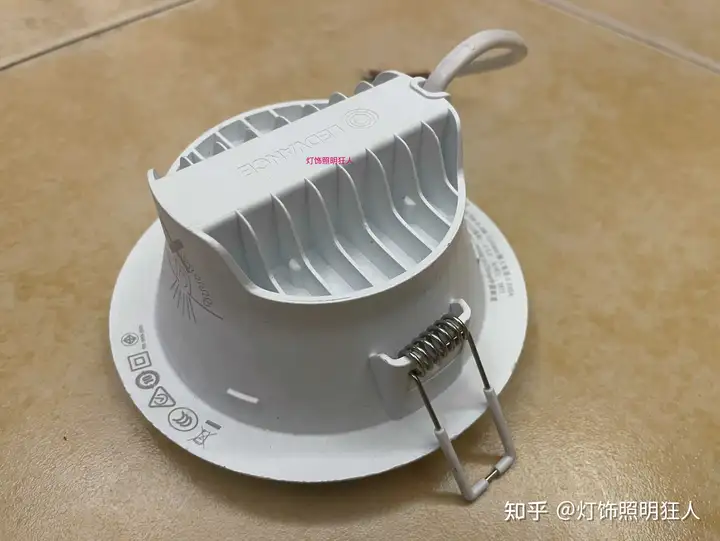
Downlight with external drive power supply

Regardless of whether it is a built-in or external power supply, as long as the structure of the lamp body is properly designed, there will be no problem in use.
Generally, the cost of an external driving power supply is higher. Not to mention the cost of the power supply itself, the male and bus bars and power box at both ends of the external power supply cost several dollars.
This also involves the issue of product positioning. Even for lamps of the same brand, the integrated positioning is usually slightly lower. Take the lipro full spectrum downlight that I often recommend as an example.
The E series with external power supply is much more expensive than the integrated A series.

A series with built-in power supply
Of course, there are not only differences in built-in drivers, but also differences in materials and configurations.
But the light source quality is almost the same. If you have a low budget and want a good split downlights source, just buy the cheaper one.
In most cases, flood split downlights can also follow this principle:
The split positioning is usually slightly higher, and the integrated positioning is slightly lower.
Of course, some lights with different design trends cannot be said to be just for cost savings, but may also be for neatness. For example, Yeelight’s M3 has always adopted a built-in solution, and its price positioning is not low.
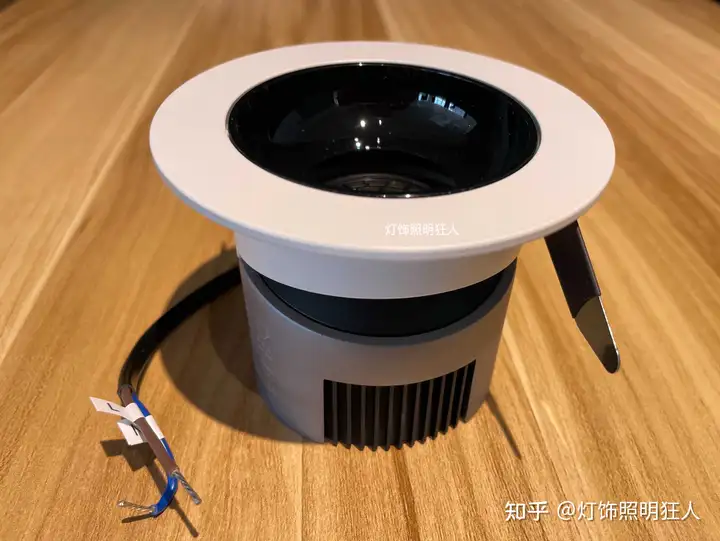
The positioning of the M3 lamp is rather awkward. It cannot be considered very cost-effective, has excellent dimming, or has a beefy light source.
But it is not without merit. There are still many bright spots in the lamp body design and anti-glare. Even the “short cup” can achieve good anti-glare. The deep anti-glare downlight can also achieve a super large beam angle of 90°, which is also It’s a breakthrough.
How to choose between home downlights and spotlights?
A guide to choosing lights for 3 high-use areas in your home
In addition to beautiful decoration and decoration, a comfortable and soft home
The sense of use and experience are more important
The following are some essential lighting guides for high-frequency use areas. Please keep them in your collection.
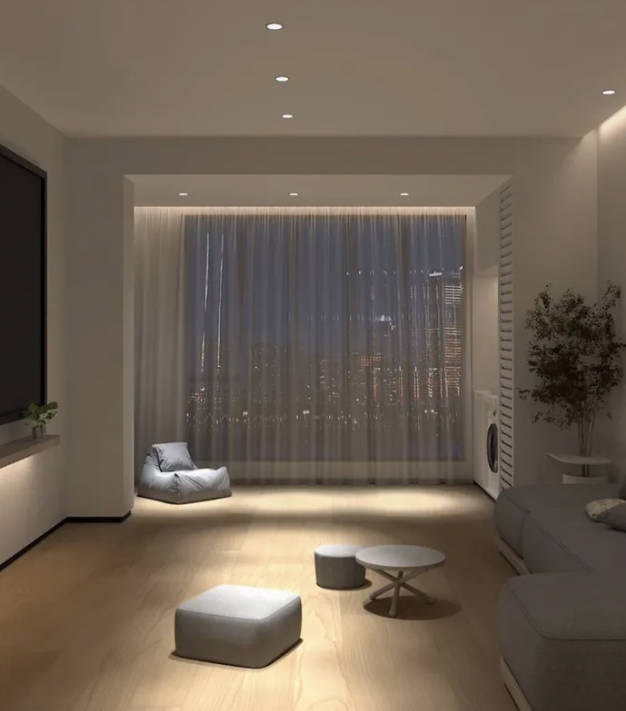
Living room – No. 1 mother-in-law lamp (tube and light integrated)
Available in the center of all spaces
There are two modes: downlight and split downlights
You can switch at will with just one switch, which is really not too convenient.
One lamp can be used for two purposes, which can be said to be quite wonderful.
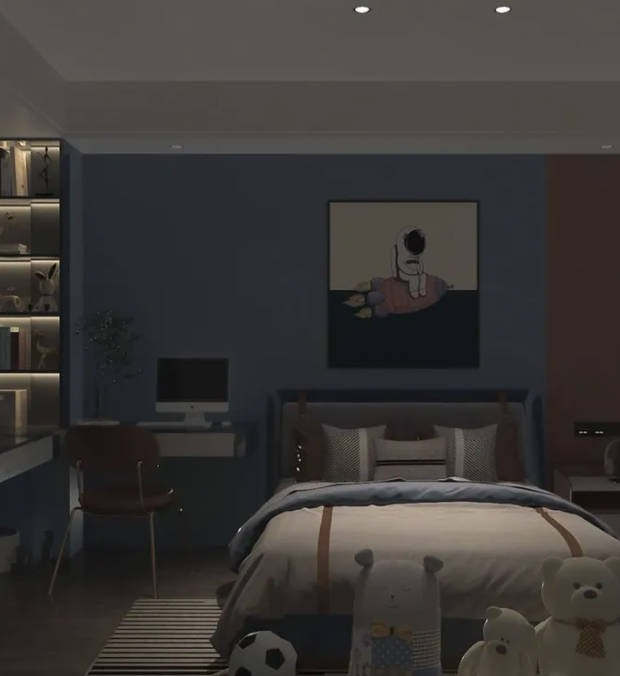
Bedroom – Spotlight No. 2 (two levels of brightness)
Convenient for activities and other work when fully lit
To relax before bed, switch to 15% brightness
The brightness gradually changes excessively during the switching process
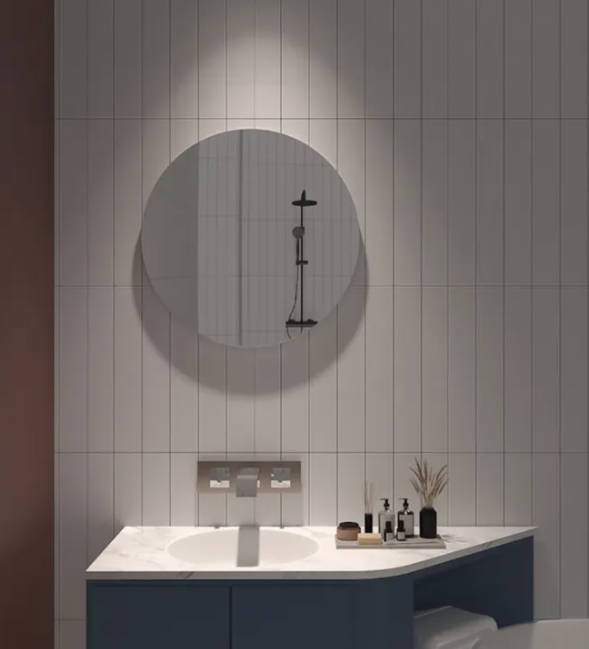
Bathroom – Spotlight No. 3 (slow start in three seconds)
Turn on the lights at night and light them up slowly. In addition to the slow start-up process, the experience is great.
Give your eyes time to adapt when switching between light and dark
Areas that require waterproofing
You can choose IP65 or IP54 – see the previous note “Bathroom Lights”
List of split downlights fixtures above:
Model: E1 mother-to-child lamp (one tube and one light)
Beam angle: 140°+24°
–
Model: E2 (two levels of brightness)
Beam angle: 24°
–
Model: E3 (3 seconds slow start)
Beam angle: 24°
The above are all 75mm openings




